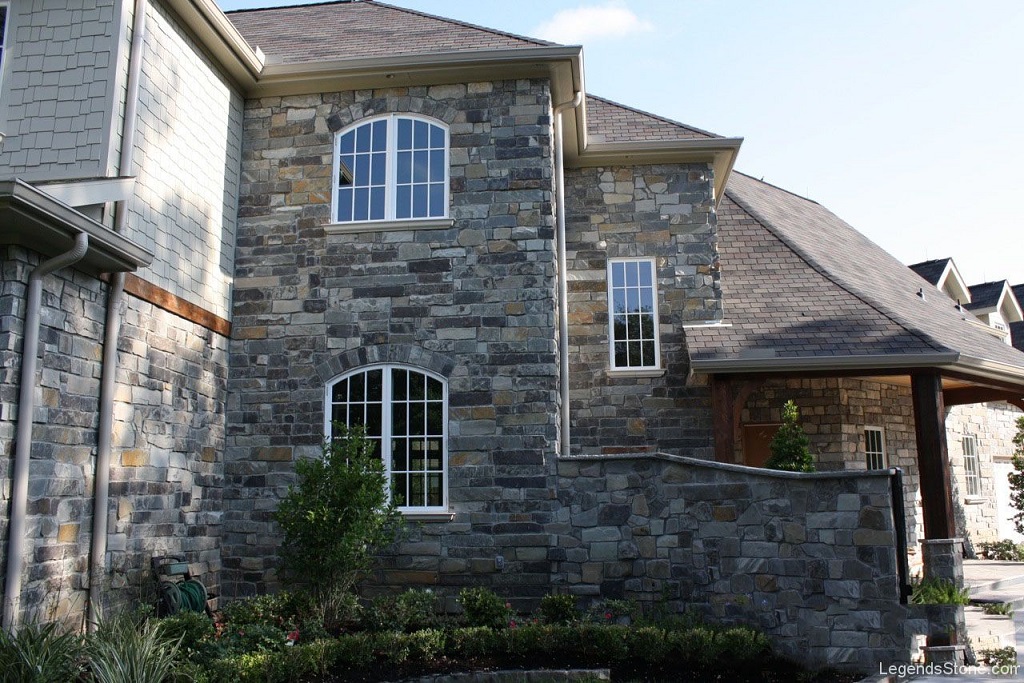
Stepping into the fascinating world of geology, have you ever wondered what makes sandstone so special? Or perhaps pondered over why this particular stone is a common choice for construction and landscaping worldwide? Seeped into the depths of Earth history, sandstone is an element both captivating and intricate in its genesis and properties. This blog aims to bring into focus the unique characteristics of sandstone and endeavour to understand its various applications in modern-day construction.
Continuing this immersive journey, we'll traverse through the geological timeframes that mark the creation of sandstone. We'll uncover the underlying layers to understand the process of its formation and the unique features that distinguish it from other rocks. Finally, we would delve into its diverse applications, figuring out why it has been a preferred choice, particularly for building and architecture, for centuries.
Get ready to step into the captivating sphere of sandstone exploration. This journey promises to be enlightening, enabling a deeper, more meaningful connection with our surrounding natural world. Let's embark on this awe-inspiring quest and uncover the many tales this natural phenomenon has to share with us.
The Genesis of Sandstone: Unveiling the Spectacular Journey
Unravelling the story of sandstone's creation, it is significant to note that it sprouts from the womb of the Earth through an extraordinary process, sedimentation. Sandstone, a sedimentary rock predominantly made up of sand-sized minerals or rock grains, is born as nature weaves her magic, creating stunning patterns and formations that enchant us.
The creation of sandstone begins as elementary particles of sand, swept away by water and wind, settle in layers and transform into rock through the process of compaction and cementation. The varieties of sandstone rock, which are vast and diverse, are predicted by the original nature of the sediment that composed it.
One fascinating aspect is the streaks and layers you notice on sandstones. These mark events that took place millions of years ago, akin to historical archives etched in stone, literally! This journey, marked by both subtle and drastic changes over millions of years, makes sandstone an object of mesmerizing geological scrutiny.
The Unique Characteristics of Sandstone: An Engaging Analysis
Against the intricate backdrop of sandstone's formation, the fascinating features that sandstone possesses are indeed intriguing. Its texture, grain size, and mineral composition confer a wide spectrum of colours and patterns, making each piece unique.
More than just a natural beauty, sandstone is known for its excellent durability and strength. While its porous nature has often been flagged as a downside for construction, enhancements like sealing can superbly offset this challenge.
Despite these hurdles, sandstone's inherent toughness and adaptive capability make it an excellent choice for building materials, especially in terms of its tractable nature, which allows it to be cut and shaped with relative ease.
Sandstone and Its Immense Benefits
Sandstone rock boasts a high environmental quotient. As a naturally occurring material, it has a lower environmental impact as opposed to manufactured products. Secondly, the sandstone's ability to withstand severe weather conditions makes it a popular choice. Thirdly, its distinct aesthetics make it a favoured choice for creating a rustic and classic appeal.
The Caveats of Sandstone Use
While its benefits are immense, certain drawbacks of sandstone use should be considered. Its porosity can lead to water absorption issues if not properly sealed. Plus, certain types of sandstone can be weaker than others, thereby impacting their functionality.
The Striking Applications
From construction industries to the realm of home decor, the vibrant spectrum of sandstone applications is nearly endless. Used in crafting ornamental millstones to be building imposing edifices, the story of sandstone stretches across centuries and civilizations.
Conclusion
While sandstone, like most natural elements, has its unique challenges and caveats, its benefits in architecture and construction have solidified its place in the industry. The charm and historical appeal it carries, coupled with its inherent strength and environmental kindly nature, continue to enthral architects and designers. So, whether it's the quaint cobblestone path or the grand architecture of a historical monument, sandstone impresses, proclaims, endures, and continues to weave its enchanting stories across time.



0 Comments